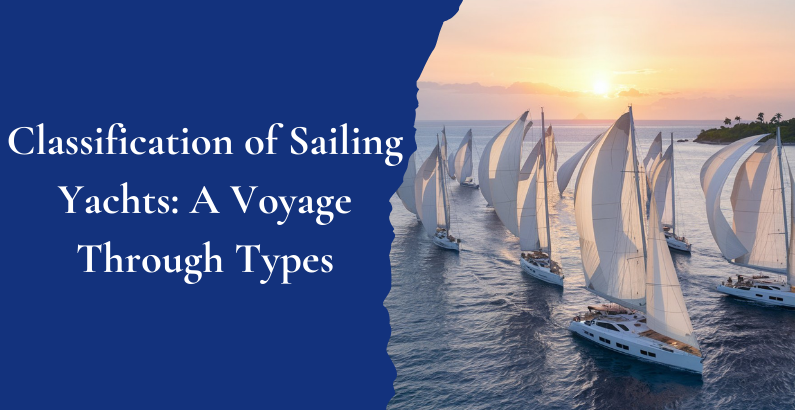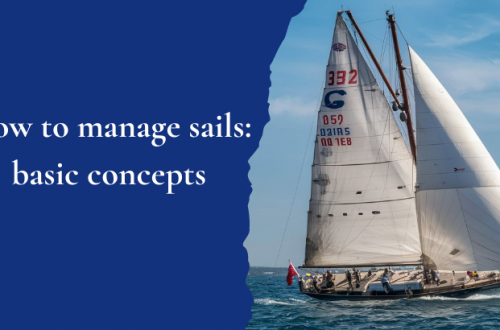When you were standing by the marina and looking out at the sailing ships as they danced with the breeze, did you ever find yourself wondering, “What stories do these vessels hold?” Every yacht, with its sails spread out, sets sail on adventures over the vast expanse of the ocean, accompanied by the deft hands of sailors who are fluent in the language of the winds. We are going to go on our own voyage today to gain an understanding of the different classifications of sailing yachts. Perhaps, as we progress through this journey, we will learn a little bit more about the adventures that sailing yachts invite us to experience.
A sailing boat, much like a person, may be found in a wide variety of forms and sizes, each with its own unique personality and spirit. From the fast racing machines that cut through the waves like a knife through butter to the vast, luxury vessels that glide magnificently, there is a yacht out there that is suitable for any sailor’s fantasy. One can choose from a variety of yachts.
Yacht Size Categories
Mini Yachts
These petite vessels typically measure no more than 10 meters (or about 30 feet) and might not include an engine. Ideal for brief excursions or competitive sailing, some are outfitted with a small cabin.
Small Yachts
Ranging from 10 to 18 meters (30 to 56 feet) in length, these yachts come with cabins and are well-suited for both regattas and longer cruises, even on the open sea. Often chosen for chartering, they are excellent for those new to yachting.
Medium Yachts
Capped at 24 meters (roughly 70 feet) in length, medium yachts boast superior craftsmanship and amenities, making voyages exceedingly comfortable. Operating these vessels typically demands a crew due to their complexity.
Large Yachts
Exceeding 24 meters (over 70 feet) in length, these are operated by professional crews. They encompass the realm of luxury superyachts.
Classification of yachts by distance from shore
Category D:
Yachts in this classification are suited for inland waters such as rivers, lakes, and canals, where wind strength typically does not exceed 4 points and wave heights remain below half a meter.
Category C:
This category includes vessels designed for coastal navigation, where wind speeds generally stay below 6 points and waves rarely surpass two meters in height.
Category B:
Yachts categorized under B are suitable for offshore voyages, capable of enduring winds up to 8 points and waves reaching up to four meters.
Category A:
Ocean-faring yachts classified under A are self-sufficient vessels crafted for extensive journeys across oceans. They are built to withstand winds not exceeding 8 points and waves of 4 meters or more, making them capable of traversing any oceanic expanse.
Types of yacht hulls
Types of sailing yachts are also distinguished by the number of hulls:
- With one hull – monohull, which is most often used both for regattas and cruises.
- With two hulls – catamaran, convenient for cruises, characterized by a shallow draft, spacious cabins, good visibility and stability.
- With three hulls – trimaran, mostly sport sailing yachts, capable of high speed.
What material is used to make yachts
Wood
The material that was used to build the first sailing yachts from the very beginning. The boats are durable, but require special care. Special impregnations and epoxy resin protect the hull from pests and moisture. Wooden sailing yachts look quite spectacular, which attracts many connoisseurs.
Aluminum
This metal began to be used for yacht construction only after the end of the Second World War. The material is characterized by light weight, durability, resistance to corrosion, strength, good seaworthiness and steerability. However, the cost of such sailing yachts is higher than fiberglass. For expensive motor yachts this metal is often chosen.
Fiberglass
The most popular material for construction of sailing yachts. It is environmentally friendly, practical, impact resistant, easy to maintain. Due to its light weight fuel consumption is reduced. Such yachts look very dignified on the water and are characterized by affordable price.
Light alloys
A compromise option when fiberglass is used together with metal alloys. This type of sailing yacht is popular in sports. The weight of the hull is small, and the strength is high. But it is very important to follow the technology during construction, otherwise sea water will corrode the vessel.
Types of sailing yachts
There are very different types of yachts, depending on their appearance and purpose. Each type has its own characteristics.
Classic yachts
Such sailing yachts are created for real romantics in the best traditions of sailing. They look incredibly elegant and stylish. On the water you can find yachts built in the early 20th century. They are carefully looked after and even restored. There are separate sailing competitions for classic yachts or a separate division for them. For example, such sailboats can be seen at the Panerai regattas in Antibes, St Barths Bucket in the Caribbean, Les Voiles de Saint Tropez in France.
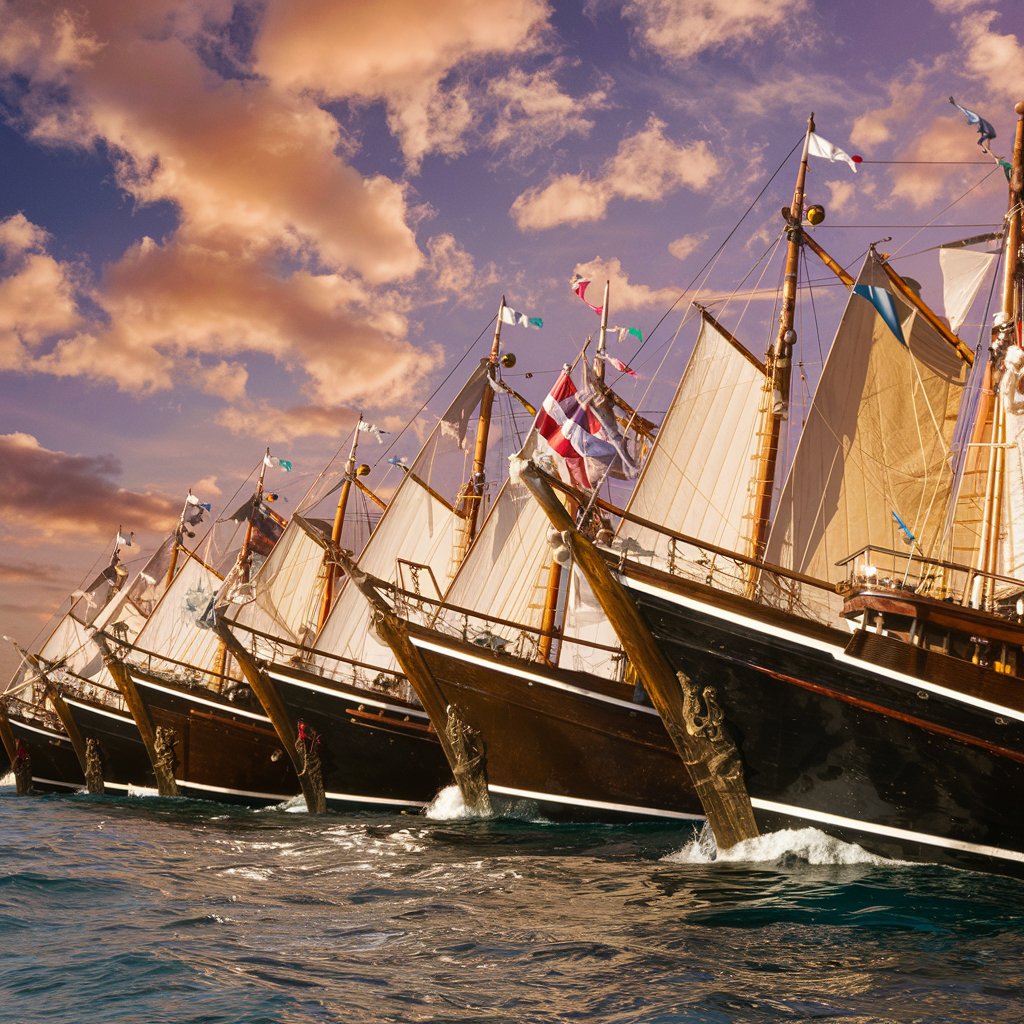
Sport dinghies
It is with these boats that future racers start their first steps in sailing. The device of the boat is quite simple, it can easily turn over. There is no engine. One of the typical examples is the Laser. Such yachts are designed exclusively for short races in closed waters.
Sport keel monotypes
Monotypes are sailing yachts, which are built according to the same drawings with observance of all technologies to make identical boats. It is such sailing yachts that are used in big sports, including the Olympic Games.
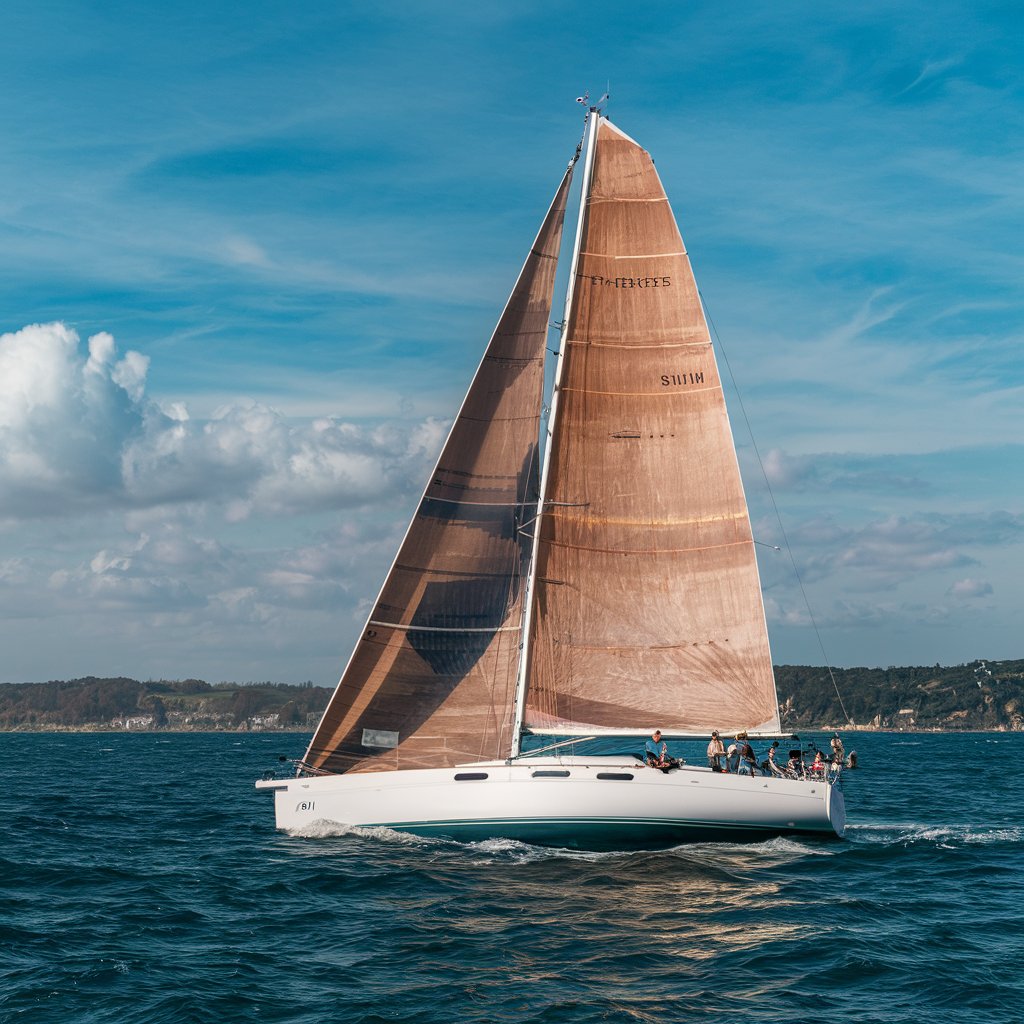
Cruising yachts
Sailing yachts of this type are most often found in marinas by the sea. They are more popular for leisurely cruises and sea voyages, equipped with cabins, so they can be used for overnight stays and long journeys. Nevertheless, cruising yachts are also actively used for amateur regattas. The engine device is of two types: with drive to the propeller through the shaft or through an angular gearbox.
Sailing cruising catamarans
These yachts with two hulls and several cabins are ideal for family vacations with children. Roomy, easy to steer, wave resistant. A catamaran is a real penthouse on the water, spacious and comfortable. Many modern catamarans, such as Lagoon, are equipped with electric motors, which provides almost silent running under motor.
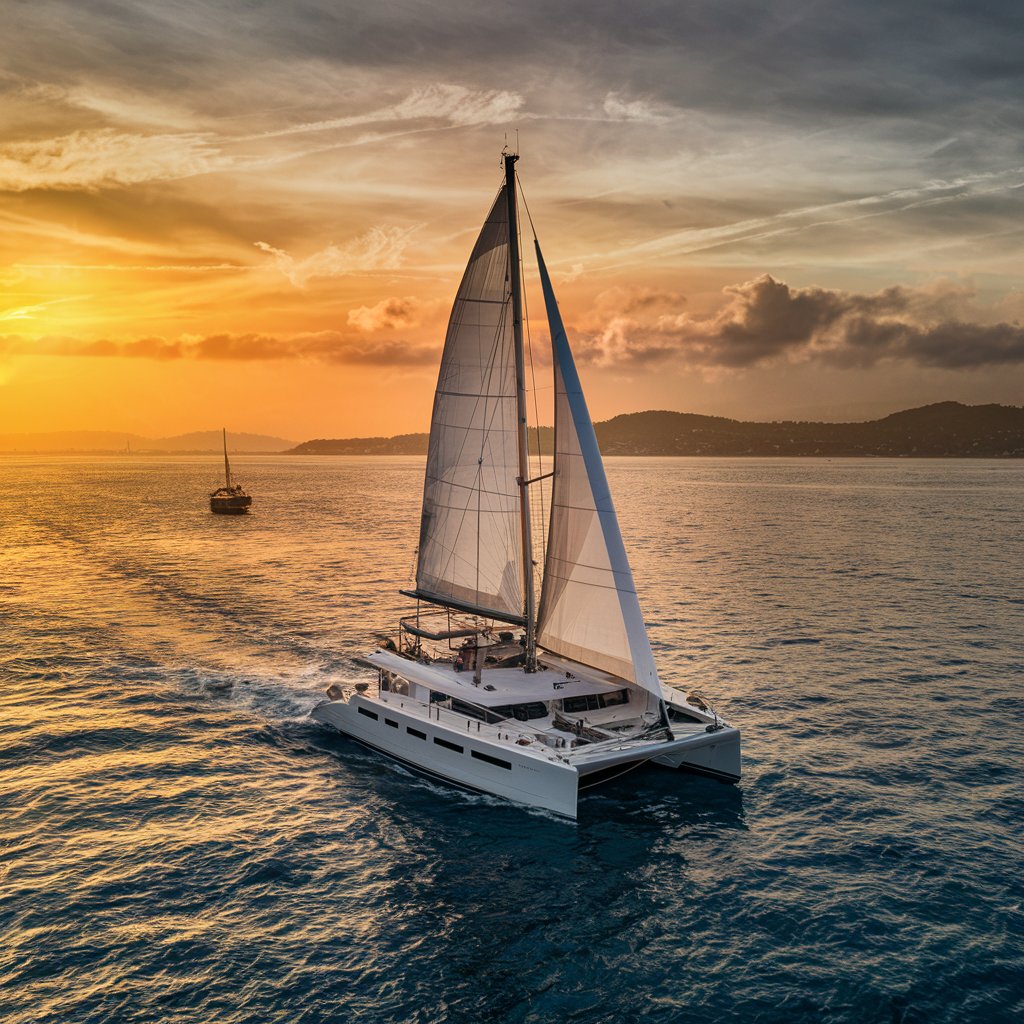
Sailing trimarans
Exceptionally sporty sailing yachts that can be seen at the most prestigious sporting events. These racing bolides can reach speeds of up to 65 knots (121 km/h), which is probably not the limit.
Maxi yachts
Only 15 years ago such a yacht of 30 meters or more in length could be built only by individual order, and future owners had to wait for several years. Today, several well-known shipyards have established serial production and are ready to release a yacht in 1.5-2 years. For example, it can be Wally or Oyster. As materials for the hull they use carbon fiber, aluminum or steel. Maxi yachts impress with their size, stylish design and high speed of 25 nautical miles per hour on average. The large crew communicates with each other only by radio.
Sailing superyachts
This category includes luxury yachts of 24 meters or more in length. Like motorized ones, these vessels are equipped with powerful engines. There is always a professional crew on board. The cost of such yachts is measured in hundreds of millions of euros.
Conclusion
Sailing yachts embody a blend of tradition and innovation, offering diverse experiences from tranquil solo voyages to thrilling regattas. Understanding the classifications, construction, and considerations involved in choosing and maintaining a sailing yacht can enhance the enjoyment and fulfillment of sailing endeavors. As the industry sails forward, the integration of technology and sustainability promises to make yachting an even more appealing adventure for generations to come.
